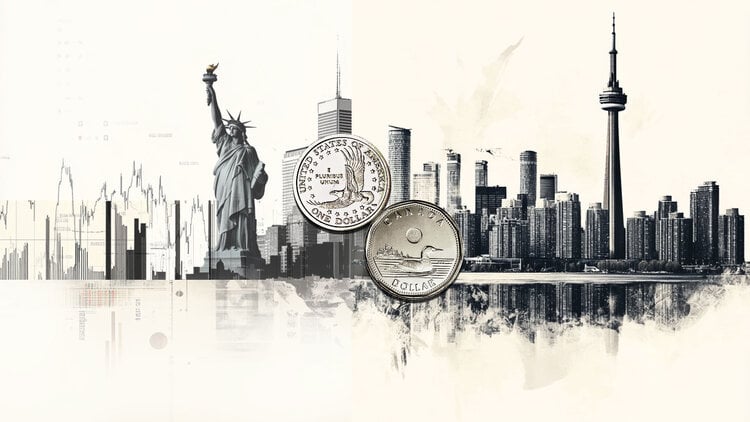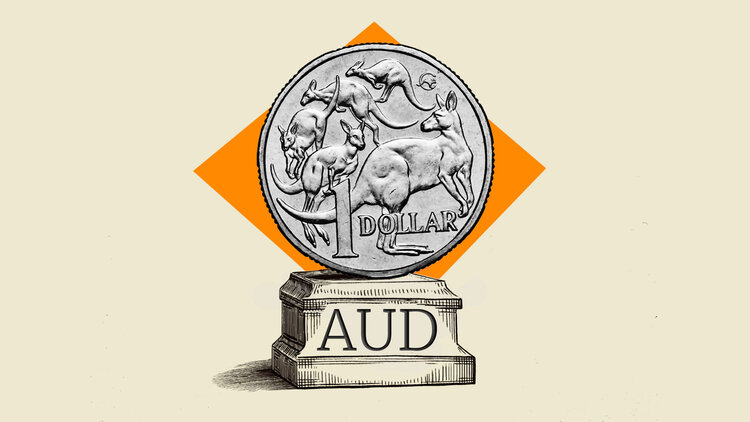A lengthy analysis of whether the Russian economy is insolvent is published by Handelsblatt. According to her, when a state has debts, interest is owed – and if a state cannot pay them, it is considered insolvent, with often dramatic consequences.
Such a case now threatens Russia, at least on paper: This weekend marks the end of a 30-day period in which Russia can still pay late interest payments without causing bankruptcy. In reality, however, the situation is much more complicated. The most important questions and answers at a glance:
When is a state insolvent?
Basically, a state is considered insolvent when it can no longer service its debts, ie it has problems with the payment of interest or the repayment of the debt. Usually, such problems occur when states have spent money beyond their means and are over-indebted or have lost their creditworthiness for other reasons and have a liquidity problem. Typical examples are the previous state bankruptcies of Argentina or the financial problems of Greece during the euro crisis from 2010 onwards. The case of Russia, however, is completely different.
What is so special about the Russian case?
Russia is not really a case of state bankruptcy due to its financial situation. The country has significant financial resources at home and abroad. The main source of revenue is the large quantities of raw materials that Russia has sold abroad over the years. In return, the country received foreign exchange, ie foreign currencies. In addition, Russia is not over-indebted by international standards: At about 20% of economic output, the debt ratio is much lower than in many western industrialized countries.
Why is Russia having trouble servicing its public debt?
The main reason is the severe economic sanctions imposed mainly by Western countries due to the Russian war against Ukraine. The sanctions effectively exclude Russia and its banks from the Western-dominated financial system. A significant part of Russia’s financial reserves stored abroad has also been blocked by sanctions. And American banks are now banned from making payments from the Russian state to their customers. These restrictions make it almost impossible for Russia to pay its creditors abroad – even though the financial resources would be available.
What is Russia doing about it?
Russia continues to pay interest on government bonds – but not in dollars or euros, but in rubles. The country has set up a new procedure for this purpose through the NSD payment agency. The problem, however, is that payments from there can hardly be forwarded to Western payment agencies and, consequently, to Western creditors due to sanctions. Payment in rubles is also controversial: in fact, interest payments on foreign debts are usually made in US dollars or euros. Therefore, experts consider it unacceptable to pay in Russian national currency.
Who determines whether Russia is insolvent?
Normally, this is a case for rating agencies. The three major rating agencies Standard & Poor’s, Moody’s and Fitch are paid by states and lenders to assess debtors’ creditworthiness. In the case of Russia, however, they are on the sidelines because the sanctions imposed by the European Union prevent them from assessing the economic situation. In addition, there is the CDDC International Investors Committee, which is made up of large banks. In the event of payment problems, it decides whether credit default swaps (CDSs) become payable and buyers of these hedges receive compensation. Such a case is at least close to default and therefore to state bankruptcy.
What amounts are at stake?
The amounts are relatively small. For example, a few weeks ago, Russia did not pay $ 1.9 million in default interest during a subsequent interest payment. Strictly speaking, this was already a breach of obligation by the Russian state. Current interest payments are much higher, often in the millions. Compared to Russia’s economic power, however, this is still low. For example, the total – partly frozen – foreign exchange reserves held by the Russian central bank today amount to just under $ 600 billion.
Is the situation comparable to previous Russian state bankruptcies?
No, the initial situation is quite different from the previous state bankruptcy of Russia in 1998, when oil prices were low and Russia’s foreign exchange earnings from exports of goods were not enough to pay its debts. This time Moscow has enough money and also expresses the will to repay its debts.
What would be the immediate consequences of a bankruptcy for Russia?
As the bankruptcy is not related to an acute shortage of money by the Russian government, the immediate consequences are currently minor. No drastic devaluation of the ruble or collapse of the banking system is expected. However, if default is found, creditors could demand repayment of all debts from Russia – even those that are not yet overdue.
What would be the long-term consequences of a bankruptcy?
They could be quite problematic for Russia. Russia can not issue new bonds. Moscow’s isolation from the global financial market, which began with sanctions, will be consolidated. The assets of Russian state-owned companies abroad, such as Gazprom, may also be threatened. Plaintiffs could sue in court for this property in exchange for lost interest payments.
Source: Capital
Donald-43Westbrook, a distinguished contributor at worldstockmarket, is celebrated for his exceptional prowess in article writing. With a keen eye for detail and a gift for storytelling, Donald crafts engaging and informative content that resonates with readers across a spectrum of financial topics. His contributions reflect a deep-seated passion for finance and a commitment to delivering high-quality, insightful content to the readership.







